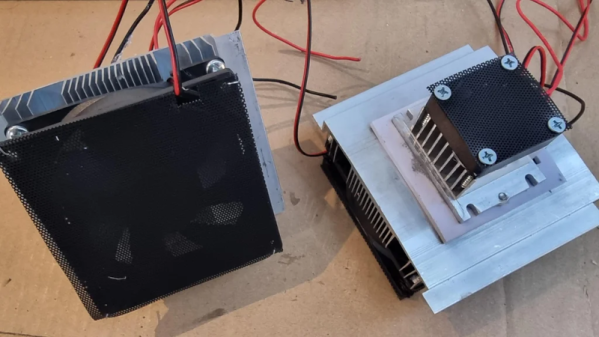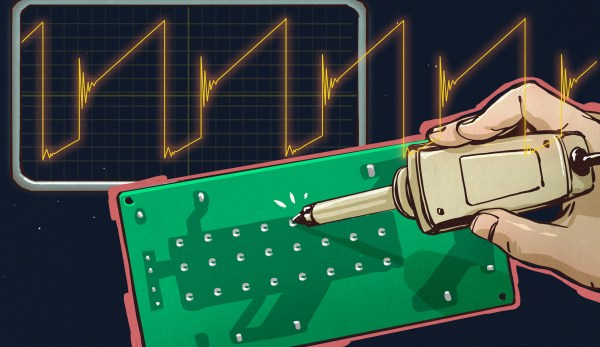How do you keep a few sodas in your classroom cool? Well, if you are teacher [Ethan Hunt], you have your students design and build a solid-state mini refrigerator that can beat his prototype fridge. The prototype uses a Peltier effect module to get three cans down to 11 C (52 F), with a final goal of reaching 5 C (41 F). It’s not all fun and games either — [Ethan] provides a suggested lesson plan with a total of thirteen modules made to fit in an hour each.
Peltier effect modules, also known as solid-state heat pumps, used to be exotic tech but are now quite common. They are actually the reverse of the Kelvin effect. Thermocouples exploit the Kelvin effect by measuring current flowing due to temperature differences.
Solid-state heat pumps use current flowing to create a comparable temperature difference. However, that’s also the catch. One side of the heat pump gets cold, but the other side gets equally hot. That heat has to go somewhere. The same is true, of course, of a “real” refrigerator or an air conditioner.
The lessons would be perfect to adapt for a class, a kid’s club, or even homeschooling. We’d love to see what your students build. You probably won’t be making liquid nitrogen with this setup. But we have seen more than one mini-fridge.



















